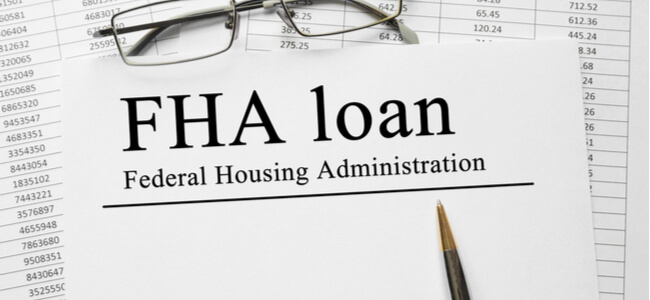When Is A Mortgage Recast A Good Idea?

Are you looking for a smart way to spend your extra savings? One great option is to use it to lower your monthly debt obligations. If you own your home, you can improve your cash flow by recasting your mortgage. You get out of your highly monthly payment with no need to refinance. Continue reading to find out what it means to recast a mortgage.
What Is A Mortgage Recast?
What does it mean to recast a mortgage? A loan recast, also referred to as re-amortization, is an easy way to lower your monthly payments. This is accomplished by making a lump-sum payment that lowers the principal, reducing the amount of interest you pay over the life of your loan. The original terms and interest rates will remain the same.
How Do You Recast A Mortgage?
Assuming your loan is in good standing, the process is easy.
- You’ll need a lump sum of $10,000 or more to start. Bear in mind that jumbo loans may not qualify
- Contact your lender and request a loan recast. Most lenders will do this for you
- It takes roughly 45 to 60 days for a lender to complete all aspects of a re-amortization
- In the meantime, you must continue making your regular payments
When you recast a mortgage, everything stays the same except the amount you finance.
- The original loan term and interest rate remain the same
- The lump-sum you provide will be put toward your loan’s principal
- The total amount of money you owe is now reduced
- The lender will revise your loan’s amortization schedule
Re-amortization is an option for those that bought their homes with a conventional loan. Therefore, a USDA, FHA, or VA loan won’t qualify.
Recasting isn’t a one-time thing. You can do it repeatedly over the life of your loan.
What's The Difference Between Recasting And Refinancing?
With re-amortization, you’ll still have your same loan at the previous interest rate. Only its principal is adjusted.
When you refinance, you pay off your current loan and take out a new one. The interest rate changes to the current rate. You need to qualify for refinancing and pay closing costs.
Mortgage Refinancing makes sense if the current interest rates are much lower than what they were when you took out your mortgage. You can also move from an adjustable-rate to a fixed-rate.
Read more:
When Is It A Good Idea To Refinance Your Mortgage?
Refinancing Your Mortgage With Bad Credit
Pros & Cons of Mortgage Recasting
Pros
- There’s no need to check your credit again, appraise your home, or verify your income
- No closing fees
- The interest rate doesn’t change, which is good if rates have skyrocketed since you first mortgaged your house
- Since you reduced the principal, your total interest payments over the course of the loan are lowered
- You lower your monthly payment, which improves your cash flow
- You reduce your debt-to-income ratio which helps if you want to apply for another financing
- All these benefits are attainable without having to lengthen the loan term
Cons
- You can’t lower your interest rate. If your current interest rate is high, you won’t benefit from a re-amortization. It’s better to look into refinancing
- Recasting doesn’t shorten your loan term. If it has a 30-year amortization period, you’ll still need to pay the loan over 30 years
- Not all lenders offer re-amortization
- It might be better to use that lump sum to get rid of high-interest debt, such as credit card debt. Paying off those accounts could save you more money
- You reduce your liquidity. Putting more cash into your house could hinder your ability to finance other priorities
Are There Alternatives To Mortgage Recasting?
The incentive to do loan recasting is to save on your monthly bills. However, there are other ways to accomplish this.
- Pay more than the monthly minimum. It doesn’t change your monthly obligation, but ultimately, you’ll pay off the loan sooner
- Invest the money in interest-earning accounts, such as a stock portfolio. You’ll get a higher return rate and can use that income to make larger payments on your mortgage
- Build up your emergency savings account. You’ll still be able to make your loan payments if something happens, such as your car breaks down, you lose your job, or experience a health emergency
Bottom line
A mortgage recast is a good idea when you come into extra money and are looking for ways to improve your monthly cash flow. If your loan is in good standing, and the interest rate is much better than today’s rate, recasting is one way to get more revenue to other priorities. Unlike refinancing, you keep your same loan terms. This means you won’t have to qualify again, go through a home appraisal, or pay steep closing costs. Check with your lender to see if your loan qualifies for a re-amortization.



